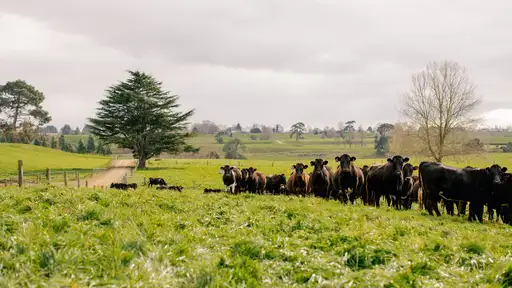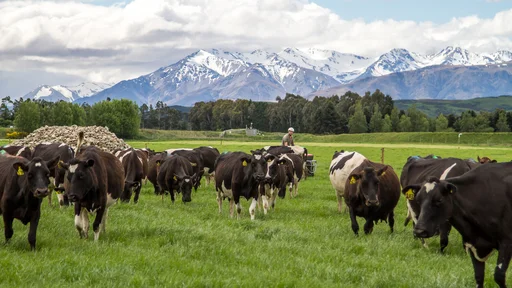18 April 2018
For artificial breeding (AB) technicians, it’s a place that simply can’t be avoided. It’s the business end, and their success in this area can be highly dependent on the environment and facilities they are asked to work in.
LIC’s national AB manager, Dave Hale, says both the farmer and the AB technician want the same thing - to get cows successfully in-calf when first presented - but the role facilities play in this is often overlooked.
“It’s widely acknowledged that a number of factors can impact a cow’s ability to get in-calf, from body condition score to accurate heat detection.
But maybe not so well recognised is that poor facilities, unnecessary distractions, and uncomfortable work environments can prevent even the most skilled AB technician from doing the best job possible.”
LIC bulls sire up to 80 per cent of New Zealand’s dairy cows, with most inseminations carried out by a team of 840+ AB technicians.
Before the peak AB season starts in Spring, a team of staff are travelling the country visiting farms, to check AB facilities and discuss how these could be improved to achieve a better result at mating time.
Hale visited about 250 farms last year in his role, and says he saw a wide ranging state of AB facilities.
“While it’s clear some farms have made a significant investment in facilities, there are some whose facilities still leave a bit to be desired. This will be impacting their results.”
Industry body DairyNZ report poor AB facilities can lower conception rate by up to 10% (Farmfact 2-5).
“We want our farmers to have the best chance to get their cows in-calf when they’re first presented. AB facilities that have an organised infrastructure, allow the technician easy access to the cows and reduce tech and cow stress, can go a long way to help achieve that.”
Hale said the aim is to increase awareness about the importance of AB facilities and offer farmers simple ways to improve them.
“By creating a significant shift in on-farm facilities, we will ensure a safe working environment for our staff and give our AB technicians the very best opportunity to get cows in-calf.”
Farm visits are taking place now, starting with herringbone sheds and grazing locations.
A small change can make a big difference
Even the smallest change can make a big difference, as Murray Jagger learned when he reviewed his Northland farm’s AB facilities last year.
Murray installed a backing bar into his herringbone shed so the cows could be held more safely and securely for insemination.
“As soon as that backing bar was in you could see the cows were more secure, and that made the AB tech more comfortable, so that’s got to help with the mating result.
It was a small change, but an important one, and if it helps them to do their important job of getting my cows in-calf the first time, then it’s well worth it.”
As an LIC director, he supports the co-op’s plans to check AB facilities and work with the farmer to make improvements, particularly when it comes to safety.
“It’s a great initiative for LIC and our farmers. There’s always room for improvement and sometimes it’s useful to have an objective view to help identify these things.”
Three-step check to assess AB facilities
- The cows: need to be walking in and rowing up happily without any significant human input.
- The AB technician: needs a large, solid, non-slip platform at the same height or slightly higher than the cow (it should never be lower than the cow) so they can concentrate on getting the cow in-calf without any environmental distraction.
- The farmer: have a chat with your AB tech, and ask questions: Is there anything you should or could do to improve your AB facilities, and the way you present the cows that would help the tech do their job?




